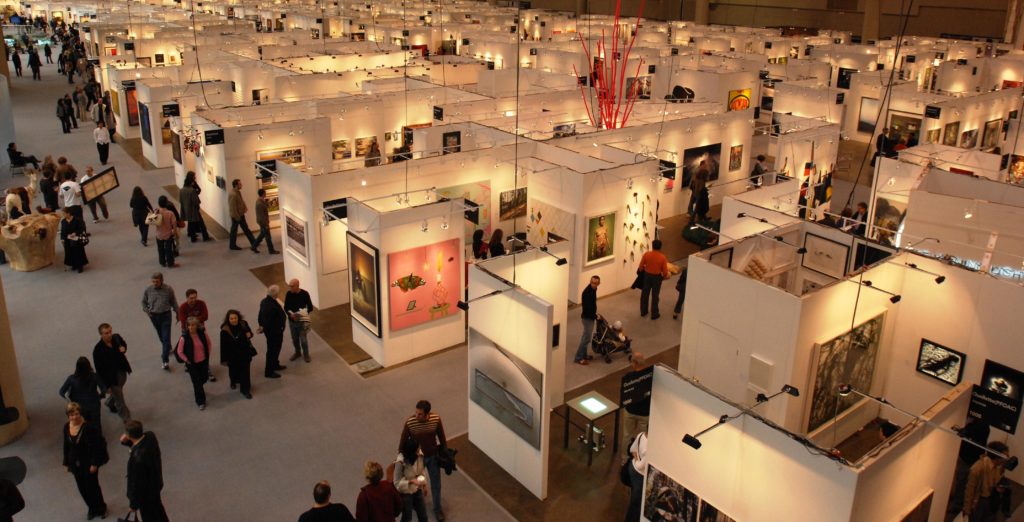Curating isn’t just for curators anymore.
This is the subject of my new book, Curationism: How Curating Took Over the Art World and Everything Else, and the subject of my Art Toronto panel titled “The Curated Market,” which takes place on October 25 at 6 p.m. The panel looks specifically at the art fair, which, historically, has not been a place where one has expected to find curators or their work. Instead, we have tended to see the art fair as an anti-museum or anti-gallery: a noisy trade show in other words, in which gallerists hang work by many artists in quickly mounted booths, with little attention paid to traditionally curatorial concepts of theme or form.
In recent years, this has changed. One could point to power curator Hans Ulrich Obrist’s intimate connection to the Beyeler Foundation and to Art Basel, at which, years ago, he initiated a well-received series of talks that exists to this day. Now, such symposia-like programming is common at art fairs, in addition to artist projects, which Obrist has also played a significant role in developing. In recent years, many commercial galleries have prepared their art-fair booths in the manner of curators, selecting only one or two artists to show, and giving them breathing room and conceptual consideration. Entire fairs now enlist curators to choose which gallerists get to show with them.
“The Curated Market” considers all of these things, and consists of artist Thrush Holmes, collector and curator Stefan Hancherow and specialist at Artsy Elena Soboleva—together, a hive mind (and a young one at that) on curatorial trends in art fairs and the art world in general. In advance of the panel, I asked them for insights on the subject:
“In an overwhelming and hyper-sensory environment, curated experiences stand out since they present clear and distilled ideas, allowing for greater opportunity for personal engagement. Curating within the fair environment should be embraced, since it offers possibilities for artists to present large-scale projects within a highly visible, international dialogue. Although some call to question the hybrid curatorial/commercial model, it’s already the default reality.”—Elena Soboleva
“I tend to champion the inclusion of a curator, but having something simply be ‘curated’ doesn’t make it successful. Curated projects are subject to taste and are analogous to discussions of good and bad art. A curator might improve the reputation of a fair but the critical response could also be detrimental to its reputation.”—Stefan Hancherow
“It’s important for an artist to assert ideas about curation, for an art fair is representative of the direction in which an artist is headed or, at the very least, serves as a synopsis of his game. There is an assumed responsibility there. Everything can be curated. There’s just a different set of challenges with an art fair.”—Thrush Holmes

 Curating is increasingly prevalent at art fairs, and is the subject of a related panel on October 25 at 6 p.m. at Art Toronto.
Curating is increasingly prevalent at art fairs, and is the subject of a related panel on October 25 at 6 p.m. at Art Toronto.







